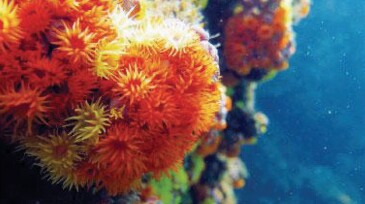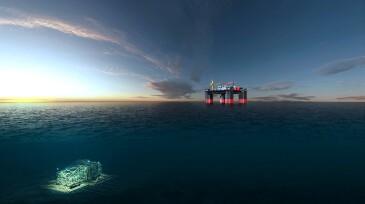Offshore/subsea systems
Vår Energi ASA and partners have officially sanctioned the Previously Produced Fields Project in the Greater Ekofisk Area. The redevelopment is expected to add high-value barrels starting in 2028, extending the production life of one of Norway’s key offshore regions.
Sponsored
As HPHT wells push equipment to the edge of material limits, operators are turning to advanced thermoplastics and sealed electrical assemblies to maintain system integrity. From ESP insulation to BOP control systems, the right component design can prevent failures, lower intervention costs, and extend equipment life in the harshest offshore environments.
The new development is estimated to hold 46 million bbl of recoverable oil and is planned to start up in late 2028.
-
The complete paper discusses structural assessments for gravity-based structures, a topic that the authors write is underrepresented in the literature.
-
The paper focuses on a process developed to identify, evaluate, and eliminate interdependent bottlenecks on the Constitution platform and its flowline network.
-
After more than 2 decades of talk, multiple millions of dollars in investments, and a decade’s worth of joint industry projects, operators are starting to get on board with electrification as the base case for subsea solutions.
-
Contractor, operators will work to bring thermoplastic composite pipe (TCP) flowline and riser technology to market.
-
This years’ Offshore Technology Conference is full of people working on ways to diversify away from just oil and gas.
-
The authors present a monoethylene-glycol-sensing system and validate it in a specially constructed flow loop.
-
The paper highlights key learnings in well and reservoir surveillance analysis and optimization that have been developed using early production data from the Wheatstone project offshore Australia.
-
Flow assurance in subsea oil and gas fields often presents significant challenges. Every field has its own combination of difficulties, and no universal process or system can be used to mitigate these. Detailed knowledge across a broad range of competencies, therefore, is required to find solutions that can minimize the risk of not getting the hydrocarbons safely to t…
-
The paper explores the biology of the invasive Tubastraea sun coral, aiming to identify methods to eliminate or diminish its spread.
-
The Gorgon gas project will consist of a new floating field-control station and subsea compression infrastructure.













